This is the second group project undertaken by the Photography Books and Theory Facebook group, you can see the first one here.
This time, instead of choosing our own quotes to interpret, we all worked to one. The whole group voted for their favourite out of 4 quotes from a range of photographers and once we had a winner, 9 volunteers were set the challenge of choosing one of their own images and writing about how they’ve interpreted the quote. Simple.
Of course I’m blown away by the range of images and stories shared but what surprised me was that almost every single one of the contributors put something along the lines of “let me know if this is not what you wanted”. I think that is a really important part of the group’s existence – to learn from each other’s knowledge and experience, to share our own and so, it would be very hard to have gotten this wrong, your personal interpretation of the quote can’t be wrong (if you responded to a different quote altogether then maybe!). Someone in the comments section may challenge what you have shared which opens a dialogue that you may learn from, but you are absolutely not wrong for sharing what you have.
I’d like to thank the contributors for sharing some quite raw emotions and experiences, I hope you enjoy reading as much as I have enjoyed curating this piece.
“New images surround us everywhere. They are invisible only because of sterile routine convention and fear. To find these images is to dare to see, to be aware of what there is and how it is.” – Lisette Model.
Steve Curzon
The day is much like any other day. I wheel my mum into the family kitchen to have some dinner with us. There are pictures on the wall of happier times, a shaft of reflected light adds a feeling of hope, however fleeting. Having said that it is much like any other day, some days are better than others. Today is not one of the better days. She is distracted, anxious about something, but unable to articulate what. She is doubled over, inspecting something unseen on the table. Her face is obscured to me, and mine to hers. She has Alzheimer’s disease. Dinner times are difficult, as she has no appetite. A discarded tissue on the table is evidence of her bronchiectasis and pseudomonas. She also suffers from heart failure. She is my mum. Perhaps tomorrow will be a better day.
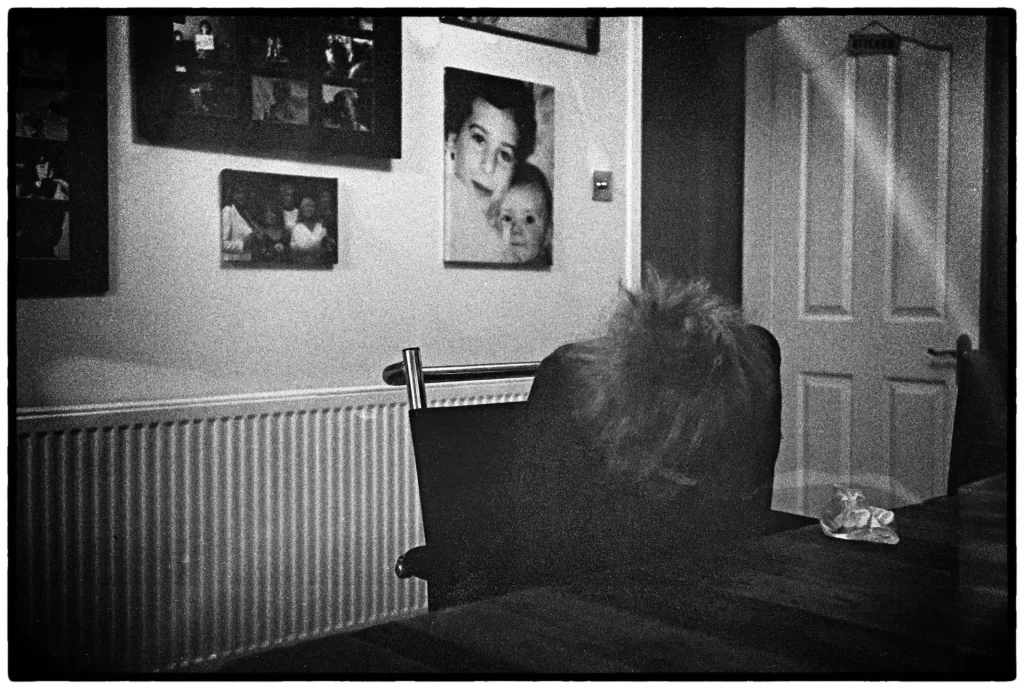
Steve Curzon | Warrington, UK
Website
Rollei 35S, Ilford HP5+
Maureen Bond
When I read this quote, I immediately thought about being in the lock-down during this pandemic and how nature really played a part in my sanity each day. I used the time to renew my garden and got into raising butterflies.
I learned so much in such a short amount of time, for example that butterflies lay a lot of eggs and one milkweed plant will not be enough. Each day, I began to see more and more caterpillars and then it was like they disappeared. I would go out and look a couple times a day and more would be gone. I figured the lizards were eating them. Slowly I ran out of caterpillars and milkweed.
I didn’t give up. My routine may have been sterile because I was looking in the exact same place. It wasn’t until one day I took a step back and noticed I had a butterfly circling me. Everywhere I moved, it moved with me. I stood still and enjoyed the moment. It was then, that right in front of me I noticed the chrysalis or what was left of it stuck to a crevice in my wall above the milkweed plant. My first born butterfly dared me to see.
Each day during this pandemic is like flipping a coin; hope or fear. My garden gave me many new butterflies and a renewed spirit. Not only did this calm my fears it gave me hope. Nature you have been a lifesaver.
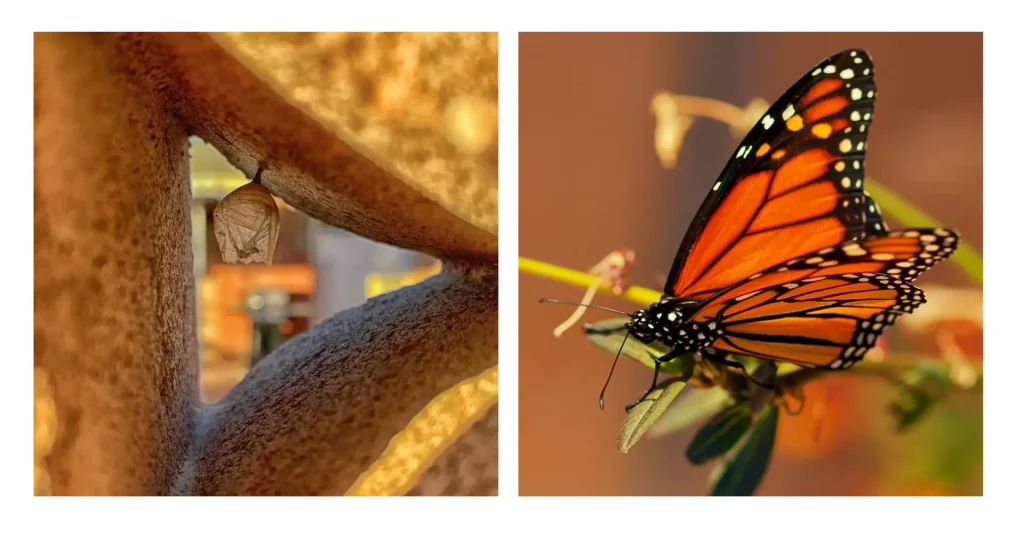
Maureen Bond | Los Angeles, US
Instagram, Flickr, Facebook, Twitter, Website
Canon 5D
Simon Cygielski
It may be a truism, but seeing – really seeing, not just looking – is essential to photography. The seeing doesn’t always involve physical vision. Sometimes it is more of a vision of possibilities, such as with John Baldassari’s Three Balls series, or one that comes from somewhere within, such as in Joel Peter Witkin’s arranged scenes, but the vision has to be there for a photograph to really work. I’m in love with the patterns and textures of the world, and conveying them to others through photography is what drives me. I think many people would pass up the things I photograph because they’re so commonplace. My goal is to show the fascinating reality that surrounds us, if we only take the time to really see.
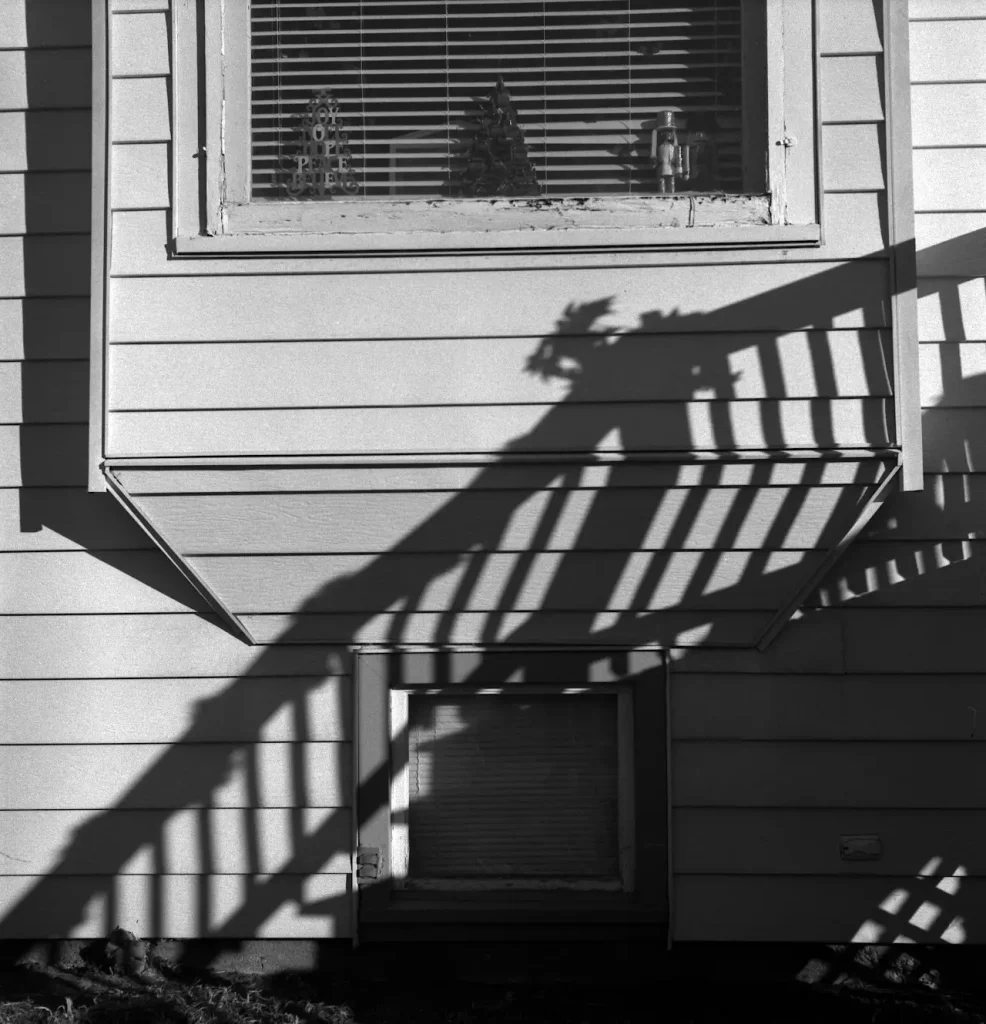
Simon Cygielski | Chicago, US
Instagram
Rolleiflex 3.5A
Joris Koolen
When I take photos, I’m usually on a walk somewhere in my hometown. It’s a big city, but for me it feels like an old comfortable coat.
Photography has developed my eye: I’m always on the lookout for a new light shining on old things (it’s also a curse: I can’t look at anything without thinking of potential photographs).
Colour film makes me look at things differently. I find it a lot more difficult than my usual black-and-white. I’m keeping scenes smaller, more abstract. It’s as if you’re turning some actual switches in your head. Heck, maybe that’s really what happens.
Some people made an art out of half-frame diptychs. That’s not me, but I do enjoy when I’m scanning, and I see relations between adjacent frames emerge. They form a new image: not necessarily cohesive, but still inviting you to experience them as as a sum greater than its parts.
To me, my photography is just finding new ways to see a familiar environment. Nothing particularly artistic, certainly not daring, like in the quote. But I’m curious how others experience my photographs, and what it means to them, without any of this context.
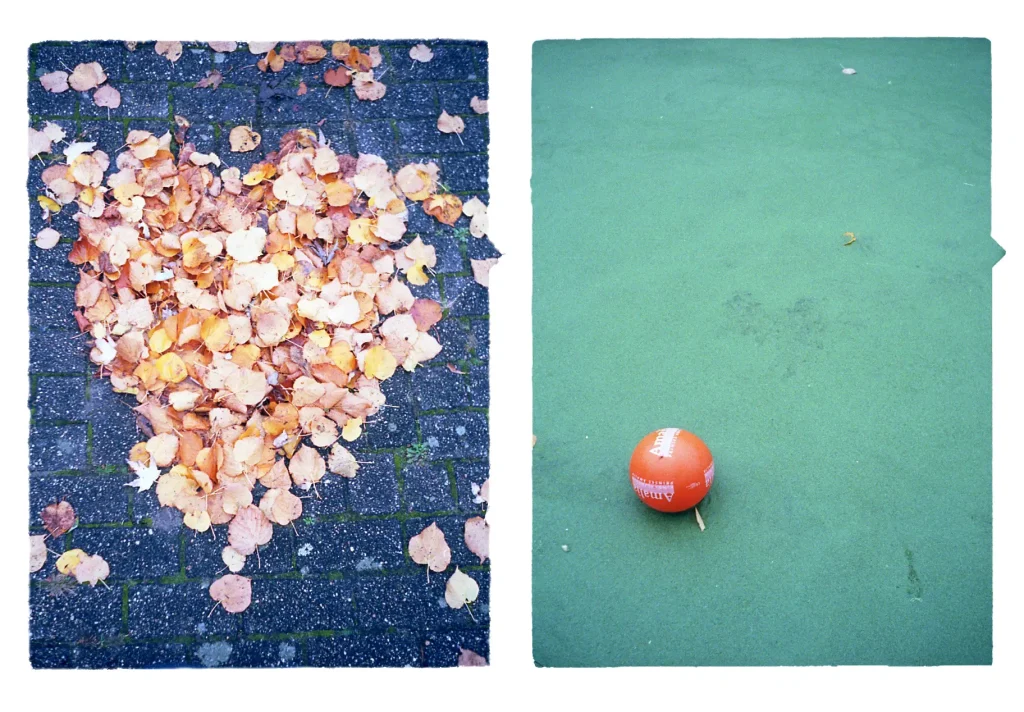
Joris Koolen | Rotterdam, Netherlands
Instagram
Agfa Paramat and Kodak Ektar 100.
Garrett Hein
My parents divorced a couple of years ago, and by last summer it was time to pack up and move everything out of the house I had grown up in. I had thought to photograph something about it, such as it was that this was my last opportunity. Nor did I have any images that represented the house, despite living there for twenty-some years. Once the house was empty, what remained was the plants.
My dad, a landscape architect, grew these beautiful hostas that were, by all measures, gigantic plants. They are much larger than any I’ve seen outside of botanical gardens. I walked around the yard and realized this was the only thing to photograph. I had never bothered to make any images of them while I lived at home—they were invisible and sterile, to borrow the phrase. Yet now, in a place made unfamiliar by the removal of familiar objects, there was no more obvious subject than the only things that would remain.
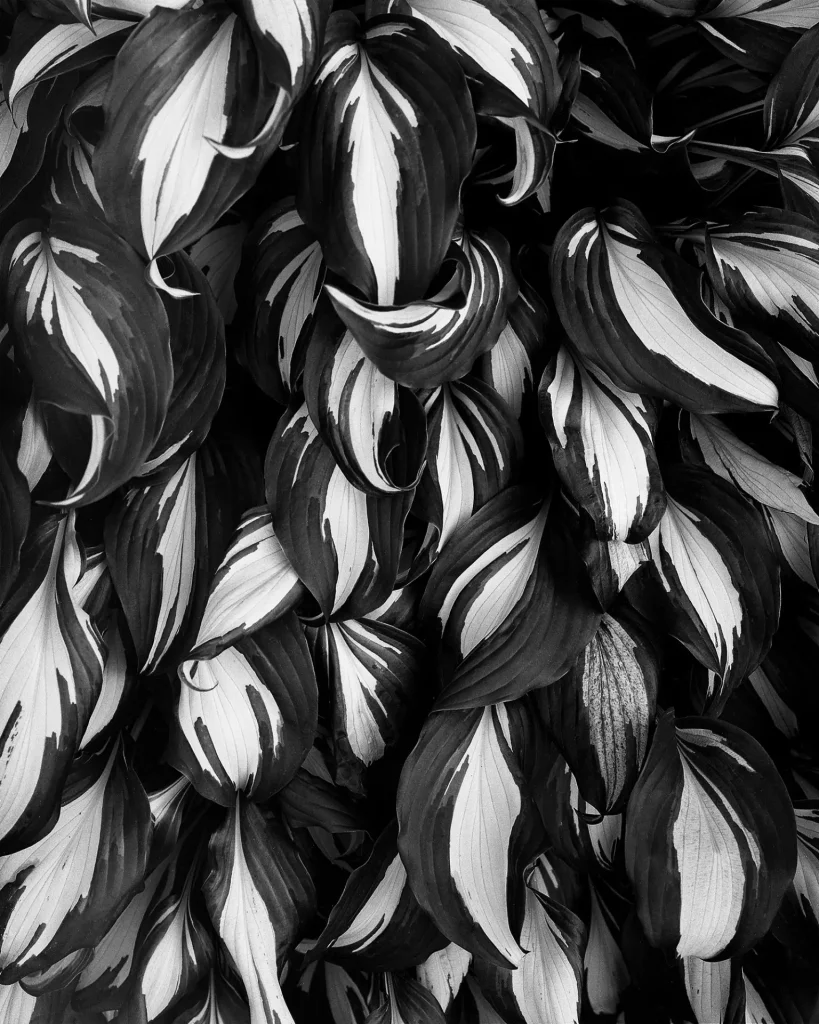
Garrett Hein | Michigan, US
Instagram
Bronica SQ-A on Ilford Delta 100
Bronwen Hopkins
I understand this quote as referring to the potential intrigue of the everyday, the “mundane”. And indeed, going for a walk with my camera is very precious time. It gives a motivation to explore, and it forces me to look for the dormant aesthetic of images: pleasing colours, interesting moments, and to look more analytically at what I pass on the street.
Of course, capturing the “mundane” is a balancing act, because images of the everyday can end up being, well, boring.
I’m new to photography and therefore my recent learning process has involved mastering the basics, especially regarding exposure, because my camera’s light meter doesn’t work. Now that I can achieve fairly consistent images, I’ve begun to criticise my “compositions”. I’ve noticed that often my attempts to seek out the artistic possibility of the everyday have, essentially, failed.
A key lesson: not everything that pleases the eye makes a good photograph. Images need to have a special something, and working out how to locate which moments have the potential for that and which don’t, or indeed, how to create that specialness via technique, angle or timing, is my next challenge.
But I reckon this image reflects a near success.
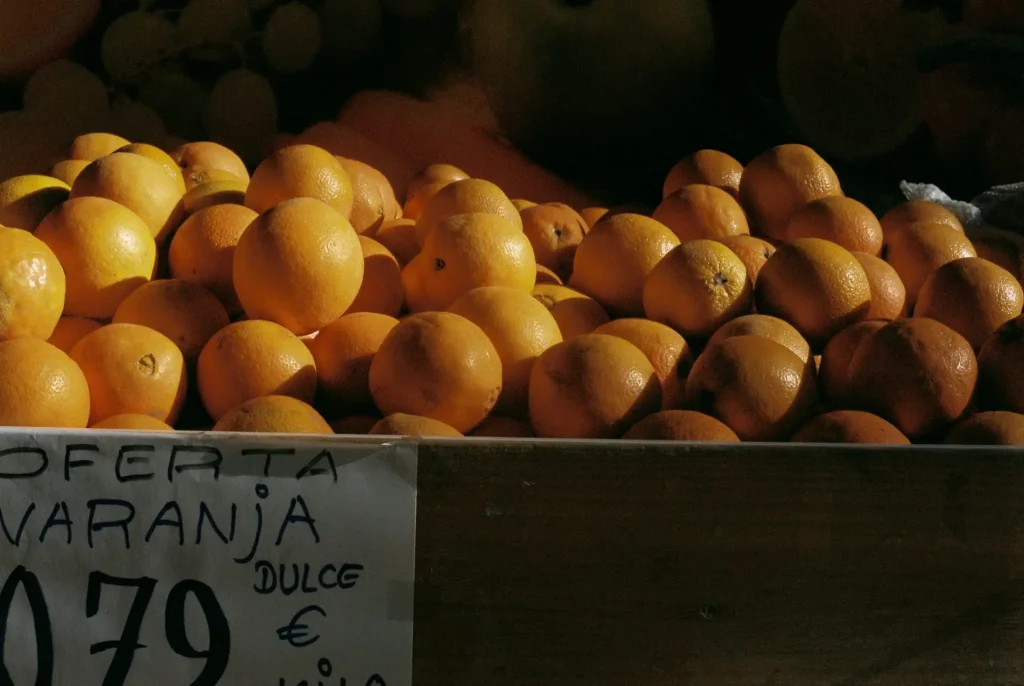
Bronwen Hopkins | Valencia, Spain
Instagram
Praktica PLC3 and Kodak Portra 400
Daryl Tebbutt
This image is from an ongoing series looking at the hidden beauty of the refractive qualities of glass. It was part of a group project that explored objects with a soul or spirit, we called the project ‘Vesch’, which in Russian, kind of relates to an object or entity endowed with human spirit. I was interested in how the use of light through cut glass bowls created a sort of sacred geometry, almost releasing the spirit within the glass if you like, making the invisible, visible, showing us something that might not be observed or appreciated. Glass is a symbol of change and transformation, its brittle and vulnerable, but at the same time can also be strong and protective, whilst the pattern created onto the light sensitive paper is delicate, and also has a fragile quality to it. The unique nature of glass and the way the light bounced around the structure of it also created a unique and one-off image. I also wanted to reduce the word ‘photography’ to its base meaning, ‘photo’– light, ‘graphy’ drawing. The image is made by using the light from an enlarger, passing through the glass to draw (expose) it’s pattern on the paper underneath.
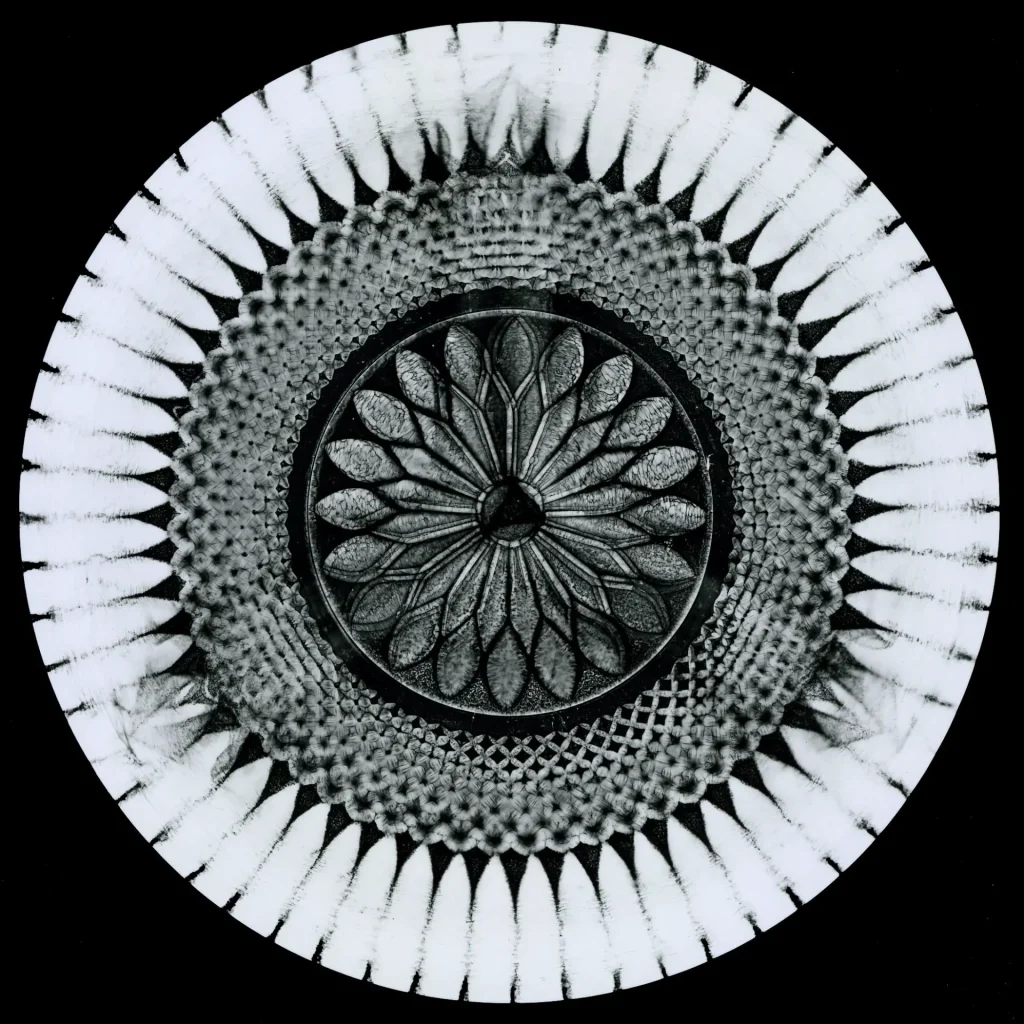
Daryl Tebbutt | Leicester, UK
Cameraless photography
Philip Ahlquist
Everyone who has seen one knows that the magpie (the Eurasian magpie, to be precise) is a black and white bird. But if you really look, its wings are a blue-green colour that shimmers, almost with a metallic beauty, when the light catches the magpie’s wings.
Locked down in my city home, away from the coastlines that I love to photograph, I have been watching the magpies in the garden. I have also been reading The Interaction of Color by Josef Albers, exploring how our perception of a colour depends on other colours close to it.
This image is a visual note, a study in the colour of a magpie. It is not a finished image but a project, a commitment to see more of the beauty in the natural world that surrounds our everyday lives, and to see the images that are there to be made.
Soon, I hope to be back on the cliff tops watching seabirds soar over crashing waves. But I hope that I will still dare to see the glint of green and blue as a magpie flies past in the city.
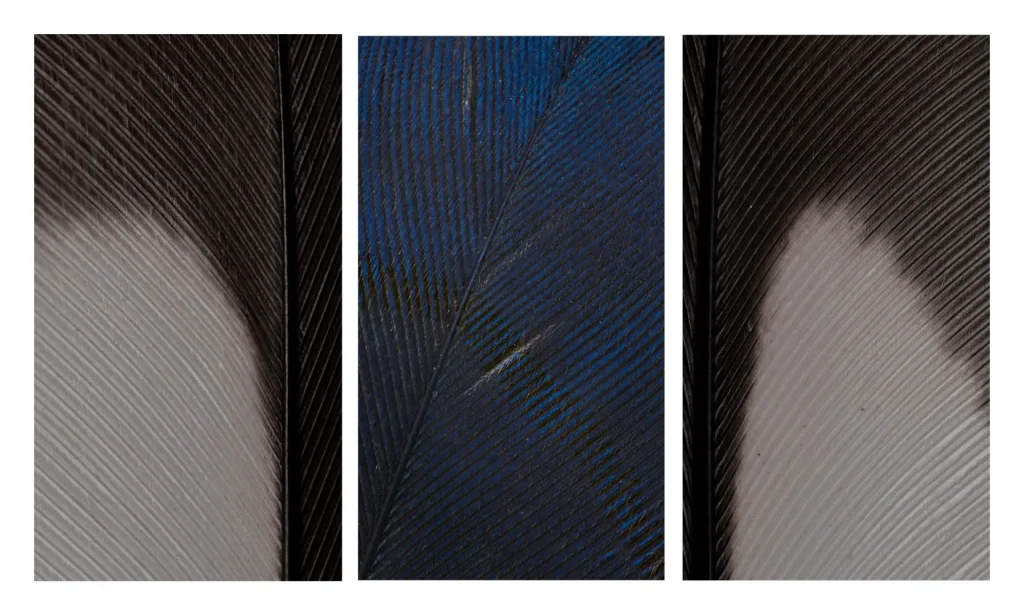
Philip Ahlquist | London, UK
Instagram
Canon 7D MKII
Charlotte Gauduchon
What is sensuality to you?
Soft and velvety skin, imperceptible warmth, the vivacity of a being, generous shapes, enveloped volumes, a discreet presence… sensuality escapes us and yet for whoever tasted it, it becomes a sort of obsession; one always wants to find it, keep it, lose it and win it back. A nostalgic dreamer for sensuality, a lover of touch could perfectly miss it without even appreciating it, capturing it.
Indeed, sensuality, like these new images can be well hidden… and yet in plain sight and in the knowledge of all. Observe, you will see… the furrows of the flesh, the airy volumes so desired, the seductive and soft corollas. These tender objects of desire, within reach of your hand… or should I say within reach of your watering can?
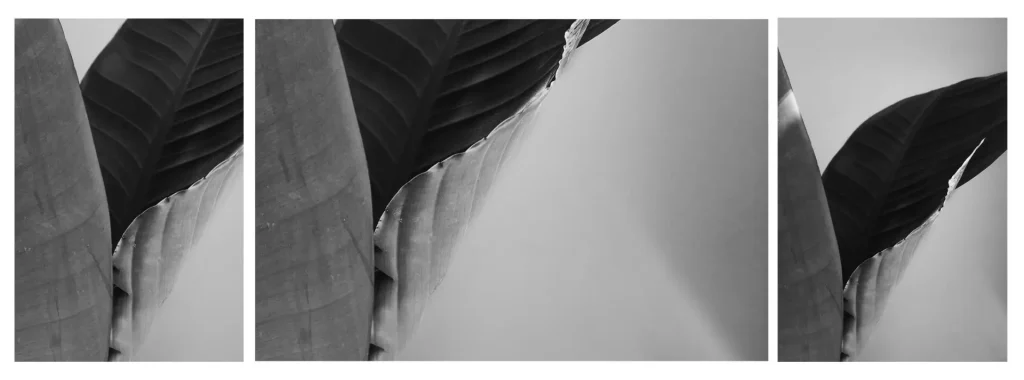
Charlotte Gauduchon | Barcelona, Spain
Instagram
Canon 77D with 50mm lens
Conclusion
I can imagine that we will be running similar group projects on a semi-regular basis as we enjoy them so much. If you are interested in joining us, or just fancy chatting about Photography books and critical theory then you are more than welcome to join our Facebook group.
Share this post:
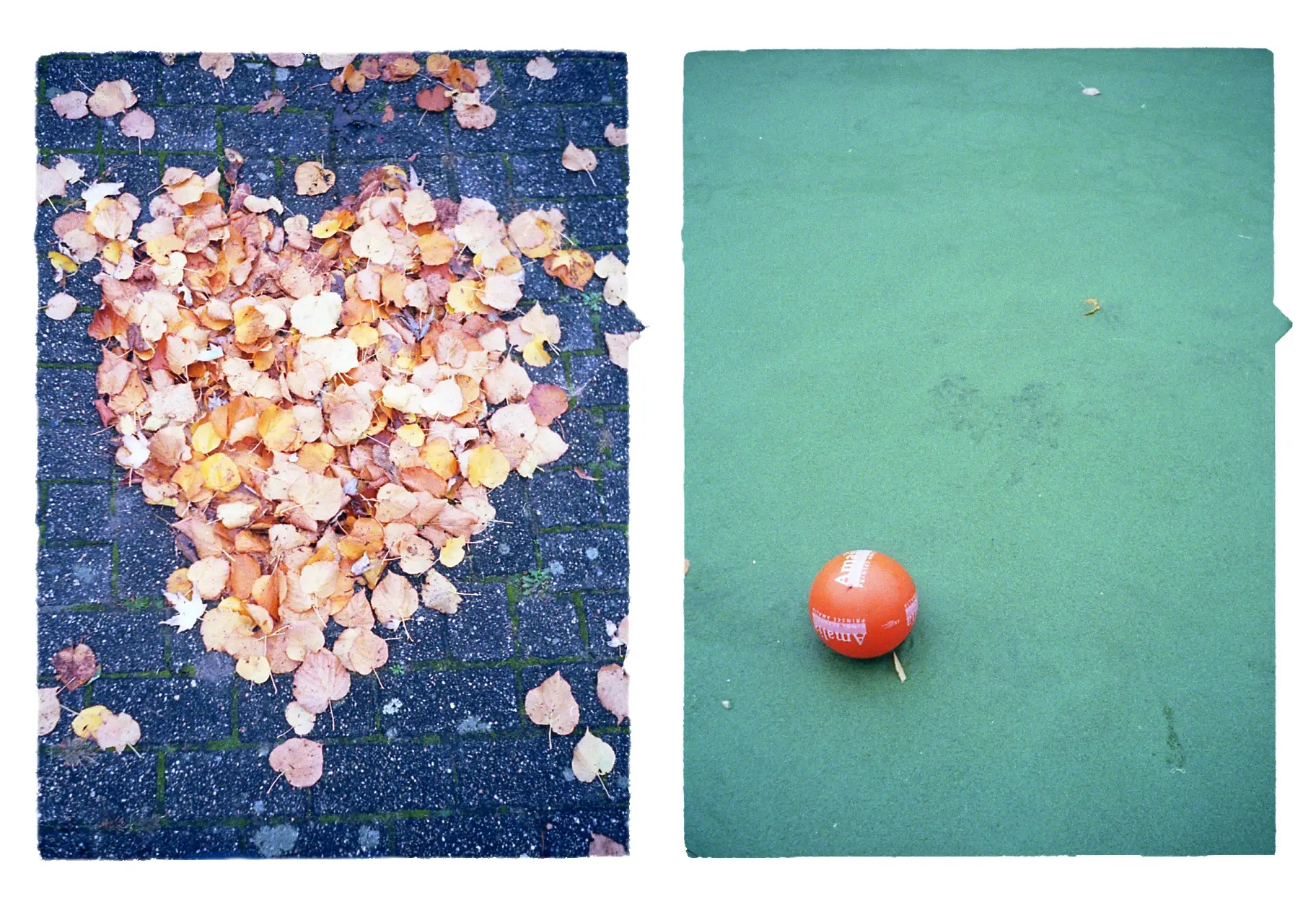








Comments
Professor Afzal Ansary on The Many Interpretations of one Quote – Photography Theory and Practice
Comment posted: 12/02/2021
Bill Brown on The Many Interpretations of one Quote – Photography Theory and Practice
Comment posted: 12/02/2021
Comment posted: 12/02/2021